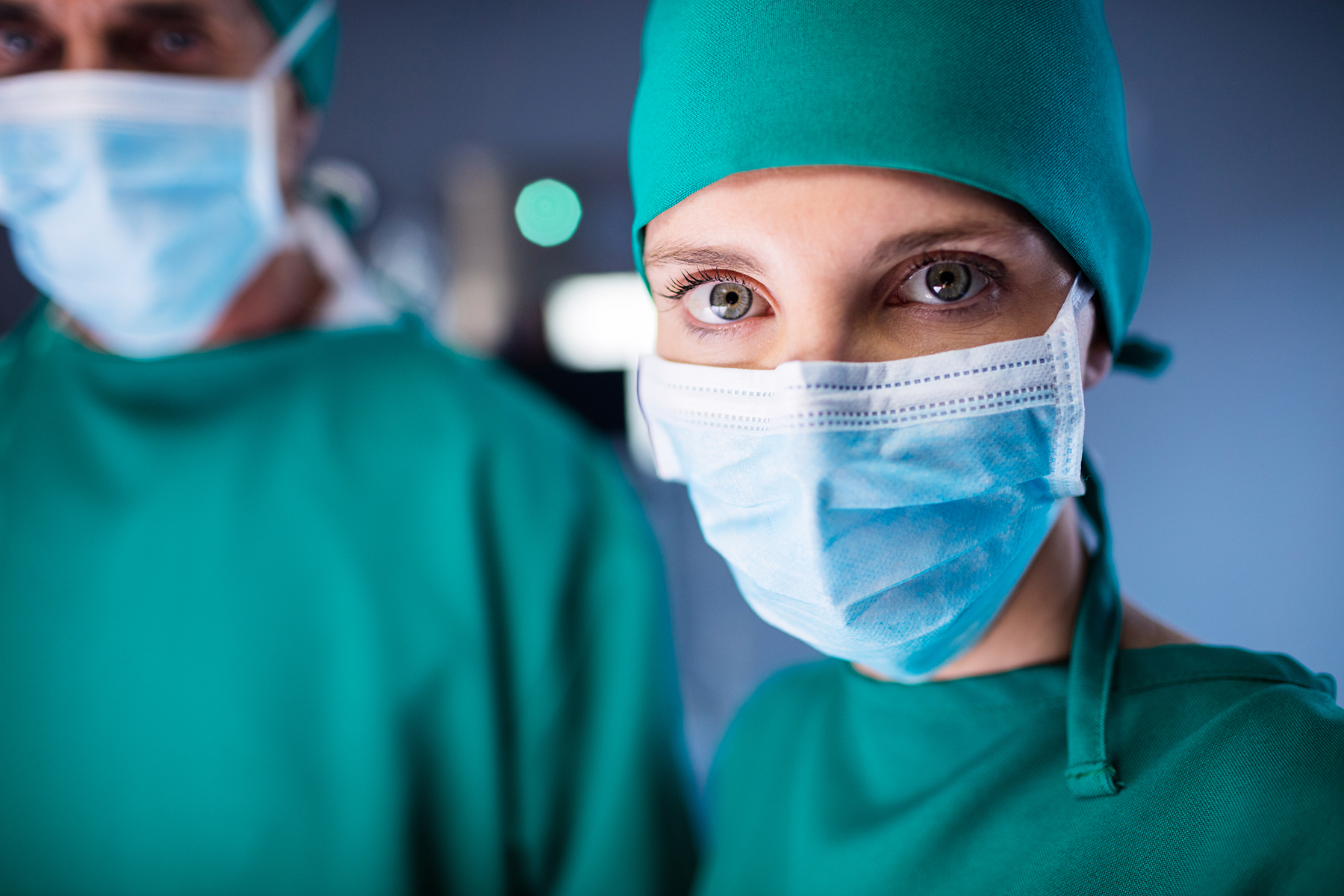F.A.Q.
What type of waste can Ecosteryl treat?
The types of waste commonly treated in microwave systems are cultures and stocks, sharps, materials contaminated with blood and body fluids, isolation and surgery waste, laboratory waste (excluding chemical waste) and soft waste (e.g. gauze, bandages, drapes, gowns and bedding) from patient care. Because of the internal shredder tightly sealed glass vials and bottles containing fluids, as well as metal objects such as sharps, needles, blades, lancets, etc. can be treated without any difficulty by the continuous microwave technology. Microwave units can theoretically be used for pathological waste. However, legal, cultural, religious, aesthetic, and other considerations may preclude their use.
What type of waste cannot be treated by Ecosteryl?
-
Silver salt, chemical products used for development operations, expired radiographs.
-
Chemical products, explosives, highly oxidizing substances.
-
Mercury waste.
-
Radioactive waste.
-
Volatile toxic waste (includes cytostatic drugs).
-
Anatomical parts and large sized dead animals.
-
Wastes containing Non-conventional Transmissible Agents (NCTA), where incineration is mandatory.
-
Waste that might damage the equipment:
-
Large pieces of metal/equipment – prosthetics, surgical equipment.
-
Stones.
-
Glue.
-
Flammable or explosive substances.
-
Waste Archive documentaries.

